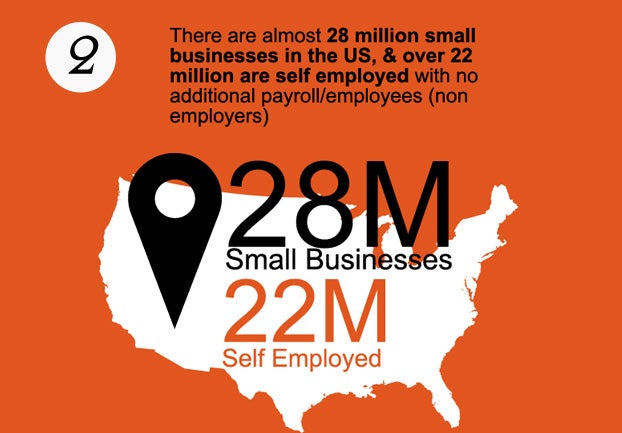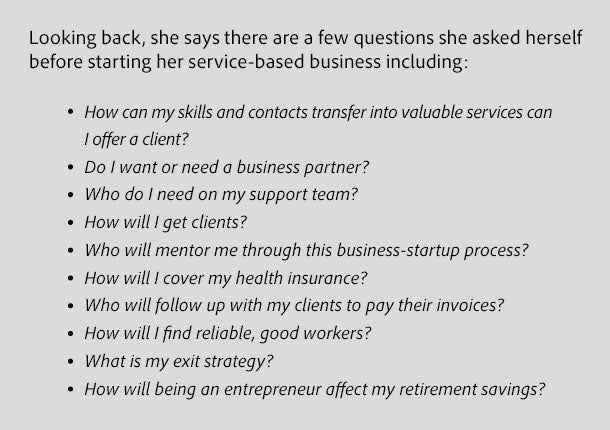It’s every entrepreneur’s dream to develop the next killer app, the next game changer — the one innovation that turns an industry on its head. But, while most entrepreneurs fear being late to market, just the opposite can occur, too.
Related: 4 Steps to Innovation Every Leader Needs to Follow
So, what happens when an innovation is actually so good, the market is not ready for it? Examining this phenomenon, Mary Jo Frederich and Peter Andrews wrote in their book Innovation Passport: The IBM First-of-a-Kind (FOAK) Journey From Research to Reality that, “At times, FOAK projects have been shelved because the market just wasn’t ready to test them.”
FOAK brings to mind the challenge automated teller machine makers had when they developed the envelope-free ATM. According to the Wall Street Journal, thefirst ATM in the world was installed at a Chemical Bank branch in Long Island, New York, in 1969. Since that day, U.S. banks have required that ATM customers stuff cash and checks into an envelope, then insert that envelope into the machine. Bankers never really knew if the envelope contained greenbacks or green Monopoly money. And customers never really knew — until they checked their account balance the next day — whether the money would be counted and properly credited.
While ATM makers addressed this pain point as long ago as the early 2000s, the slow-moving U.S. banking industry was not ready for the next phase: the envelope-free ATM that counts cash and checks at the time of deposit (in addition to providing other innovative features such as selling stamps and other products). For more than 10 years, ATM makers were forced to first test and deploy their highly innovative machines in foreign markets.
It was not until several years ago that the U.S. banking market was finally ready, allowing ATM makers to begin cashing in domestically on a decade-old innovation.
Now, consider Kozmo which, unlike ATM makers, never had the luxury of waiting ten years to institute its innovation, and thus never saw its day in the sun. Founded in 1998 in New York City, Kozmo, an online company, offered free delivery of small goods within an hour. While this concept created lots of buzz within the ranks of early adopters, Kozmo did not sufficiently penetrate the general market and lacked the revenue it needed to remain viable. In 2001, Kozmo closed its doors.
Fast-forward to 2007 and the launch of Amazon Fresh, which provides a service similar to Kozmo’s, but with a subscription-based business model (Amazon was actually an investor in Kozmo a decade earlier). This time, the home delivery market was ripe for the innovation of home-delivery service, and the business model generated the revenue necessary to keep things going.
Eventually, Amazon Fresh expanded from a successful single-market beta test to broader deployment in several markets throughout the United States.
My business partner, Randy Fenton, who’s the founder and CEO of Boldface, has touched on this subject of innovation adoption.Talking to an interviewer asked about his innovation in backpack design, Fenton acknowledged that, “I would be lying if I said I was not initially worried about market acceptance of theBoldface backpack. I knew our customizable backpack was a winner. I just did not know if the market was ready for it.”
Fenton was right to worry. His product, which focuses on the $2.7 billion U.S. backpack market, allows consumers to create customized on-demand backpacks with interchangeable faces, and to upload those images to create the backpack “face” or cover, then to change out those images when they tire of the look.
Yet, while the process of creating the customized backpack, and swapping the faces, is simple, Fenton recognized that at its start, the idea was so new it required more education of consumers than he’d envisioned.
Certainly, being first to market can be a competitive advantage. And doing so with a game-changing product or service is the entrepreneur’s Holy Grail. But sometimes FOAK products and services are so innovative that the market is simply not ready. Here are four tips that entrepreneurs can follow if they too want to ensure adoption of a FOAK product or service — and to avoid becoming the next Kozmo.
Related: The 3 Biggest Roadblocks in Product Development
1. Forced innovation.
Within certain markets, entrepreneurs have the ability to force innovation regardless of the market’s desire or awareness. For example, in 2015 it is difficult to find a new car that does not include Bluetooth functionality as a standard feature. In this case, innovation was forced upon consumers as a safety precaution that promotes hands-free phone conversations.
While not all consumers will make use of the Bluetooth functionality, the technology is still implemented and ready for use. In short, entrepreneurs can ensure success if they can force the market to adopt the innovation. This works best in cases where the innovation addresses a safety, regulatory or legal concern.
2. Find an alternate market.
ATM manufacturers did a great job of enhancing their machines through the implementation of innovative features that solved pain points associated with ATM deposits, including the elimination of paper, the streamlining of the reconciliation of ATM deposits and the creation of new channels of revenue through the sale of other products such as stamps and bus passes.
Despite the advances, the market was not ready for full scale adoption. In an effort to make full use of the new machines, ATM makers focused deployment in more receptive foreign markets while the U.S. market slowly moved towards general market adoption. The alternate markets allowed ATM makers to earn revenue from the new machines while creating buzz in the U.S. and eventually making the move to the domestic market.
3. Seed the market.
In some cases innovation comes in the form of incremental improvement. The innovation may even be so slight that it doesn’t get much notice. This might include changes so intuitive that users don’t notice any difference in the use of the product or service. At other times, however, an innovation is so game-changing that it is unlike anything previously in place.
Boldface’s customized backpacks were so different that the company had to develop a grassroots campaign with schools, nonprofits and local businesses to start in-depth conversations about the product. Once buzz began in the local market, it became easier to develop general market adoption. The buzz was then leveraged to obtain national attention.
4. Educate the market.
The challenge with many innovative products or services is convincing the market why it cannot live without the innovation. I remember a day back in the late 1990s when my employer asked me to begin carrying around a cellphone. My initial response was immediate rejection. I did not understand why I needed to carry a phone when we had a perfectly good voicemail system where messages could be left.
It was not until a few years later that I fully bought into the idea of carrying around a cellphone. At times entrepreneurs must realize that their innovation, while solving major pain points, is not going to immediately resonate with potential users without some hand-holding. Entrepreneurs must recognize the need to identify for users how the product or service makes their lives better and then continuously remind them of that fact.
Related: The World Is Embracing Robots But America Keeps Them at Arms Length























